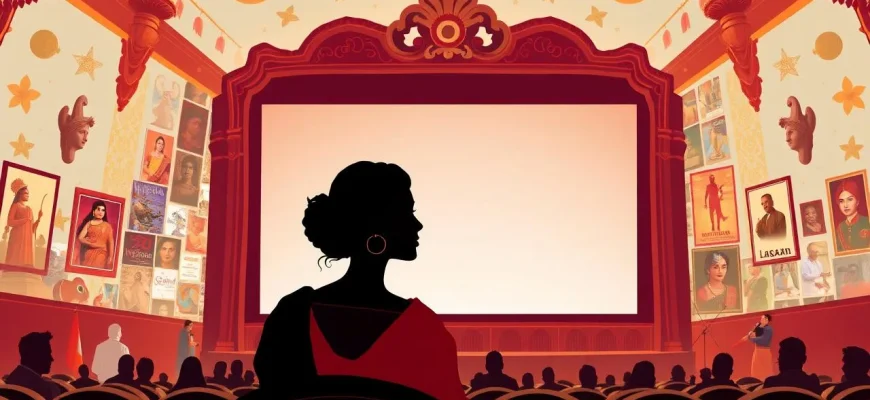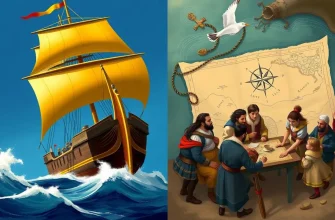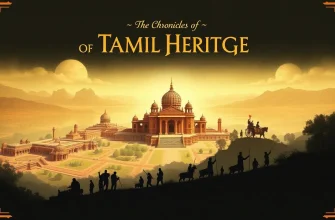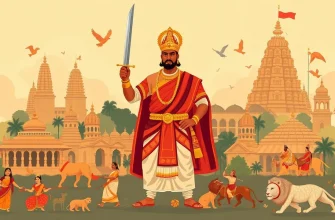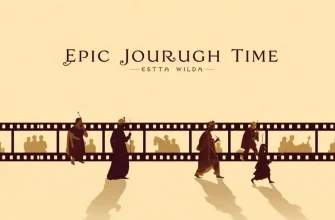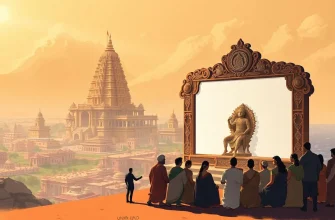Dive into the vibrant world of Indian art through cinema. This curated list of films not only showcases the historical and cultural depth of India but also highlights the intricate relationship between art and society. From ancient sculptures to modern-day paintings, these films provide a visual feast and a deeper understanding of India's artistic legacy. Whether you're an art enthusiast or a history buff, this collection promises to enrich your appreciation of Indian culture.
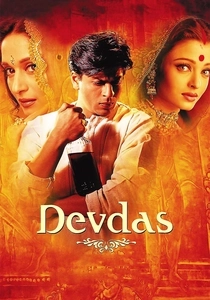
Devdas (2002)
Description: This film, while primarily a tragic love story, features lavish sets and costumes that reflect the opulence of early 20th-century Bengal, showcasing the art of that era through its visual storytelling.
Fact: The film's sets were inspired by the paintings of Raja Ravi Varma, a famous Indian artist known for his depiction of Indian mythology.
 Watch Now
Watch Now 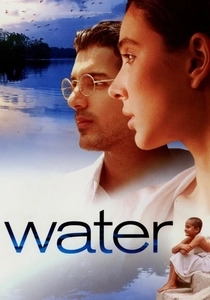
Water (2005)
Description: Although focusing on the plight of widows in 1930s India, the film beautifully captures the art of living in Varanasi, with its depiction of traditional Indian architecture and lifestyle.
Fact: The film was shot in Sri Lanka due to protests in India, but the sets were meticulously designed to reflect Varanasi's ghats and temples.
 Watch Now
Watch Now 
Parineeta (2005)
Description: Set in the backdrop of 1960s Calcutta, this film subtly incorporates the art of the period, from the architecture to the music, reflecting the cultural milieu of the time.
Fact: The film's sets were designed to replicate the old Calcutta, capturing the essence of the city's architectural heritage.
 Watch Now
Watch Now 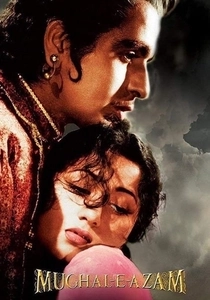
Mughal-e-Azam (1960)
Description: An iconic film that brings to life the court of Emperor Akbar, with its focus on the arts like music, dance, and poetry, which were integral to Mughal culture.
Fact: The film's song "Jab Pyar Kiya To Darna Kya" was performed in the Sheesh Mahal, a set designed to reflect the grandeur of Mughal architecture.
 30 Days Free
30 Days Free 
Umrao Jaan (1981)
Description: This film explores the life of a courtesan in 19th-century Lucknow, showcasing the art of poetry, music, and dance, which were central to the culture of the time.
Fact: The film's music was composed by Khayyam, who used traditional Indian instruments to create an authentic atmosphere.
 30 Days Free
30 Days Free 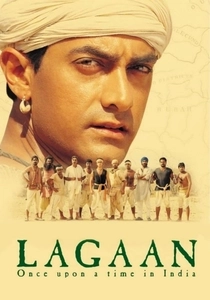
Lagaan (2001)
Description: Set in the British Raj, this film subtly integrates the art of traditional Indian music and dance, providing a backdrop to the story of a cricket match that symbolizes resistance.
Fact: The film features a song "Radha Kaise Na Jale" which was inspired by the traditional Indian dance form, Kathak.
 30 Days Free
30 Days Free 
The Legend of Bhagat Singh (2002)
Description: This biopic on the revolutionary Bhagat Singh subtly incorporates the art of the era, from the music to the portrayal of the cultural milieu of the 1920s and 1930s.
Fact: The film's music was composed by A. R. Rahman, who used traditional Indian instruments to evoke the spirit of the time.
 30 Days Free
30 Days Free 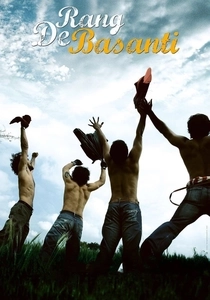
Rang De Basanti (2006)
Description: While not directly about art, this film uses the backdrop of India's freedom struggle to highlight the cultural and artistic expressions of the time, including patriotic songs and poetry.
Fact: The film's title song was inspired by the patriotic fervor of the Indian independence movement.
 30 Days Free
30 Days Free 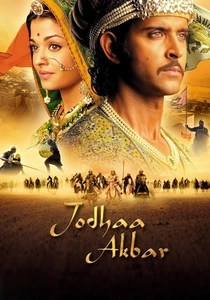
Jodhaa Akbar (2008)
Description: A historical epic that delves into the life of Mughal Emperor Akbar and his Rajput wife Jodhaa, highlighting the architectural and artistic achievements of the Mughal period.
Fact: The film's costumes were designed by Neeta Lulla, who won a National Film Award for her work, reflecting the intricate embroidery and jewelry of the Mughal era.
 30 Days Free
30 Days Free 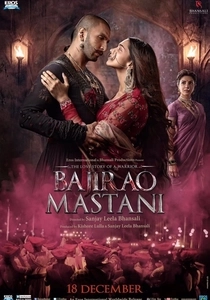
Bajirao Mastani (2015)
Description: This film captures the grandeur of Maratha art and architecture, with its depiction of the life of Peshwa Bajirao I, showcasing the vibrant colors and intricate designs of the period.
Fact: The film's sets were designed to mimic the Shaniwar Wada, the seat of the Peshwa of the Maratha Empire.
 30 Days Free
30 Days Free 
